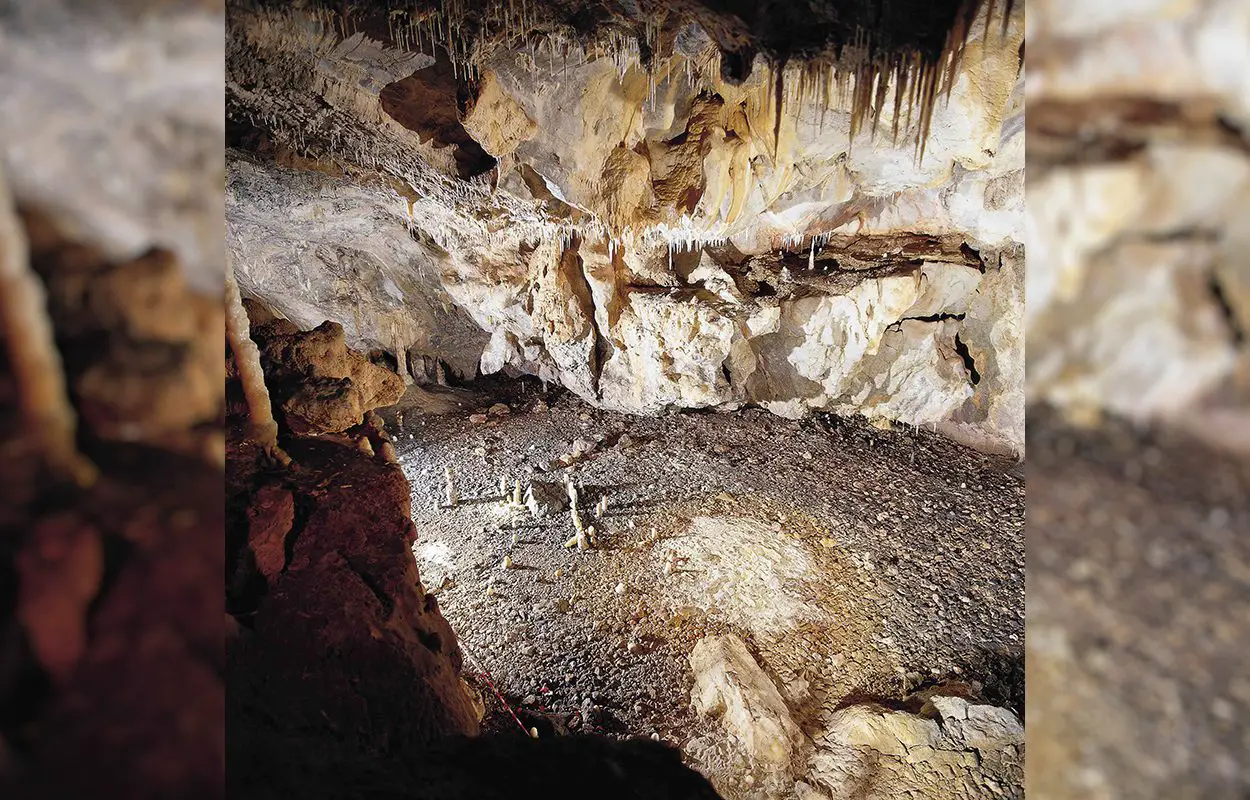Archaeologists have discovered a 16,800-year-old Palaeolithic dwelling in the La Garma cave complex, located in the municipality of Ribamontán al Monte in Spain’s Cantabria province.
The La Garma cave complex is a parietal art-bearing paleoanthropological cave system on the southern side of the La Garma Hill.
The cave complex is noted for one of the best preserved floors from the Palaeolithic period, containing more than 4,000 fossils and more than 500 graphical units.
A project led by Pablo Arias and Roberto Ontañón from the University of Cantabria has recently announced the discovery of a Palaeolithic dwelling within the cave system, described as “one of the best preserved Palaeolithic dwellings in the world.”
The dwelling is an oval space and is delimited by an alignment of stone blocks and stalagmites that supported a fixed structure of sticks and skins leaning against the cave wall. The total area of the space is around 5 square metres that centred on a camp fire.
Archaeologists also found vestiges of various daily activities associated with Magdalenian hunters and gatherers at the dwelling, including evidence of stone manufacturing, bone and antler instruments, and the working of fur.
In total, over 4,614 objects have been documented, such as dear, horse and bison bones, 600 pieces of flint, needles and a protoharpoon, shells of marine mollusks, as well as numerous pendants worn by the cave dwelling inhabitants.
Additionally, the researchers also found a number of decorated bones, including a remarkable pierced aurochs phalanx engraved with a depiction of both the animal itself and a human face—a distinctive artefact unique to the European Palaeolithic era.
Due to the national importance of the discovery, the team used innovative non-intrusive techniques in their study of the dwelling. This includes continuous tomography of the soils, 3D cartography, the molecular and genetic analysis of soils and Palaeolithic objects, mass spectrometry, and hyperspectral imaging.
Header Image Credit : University of Cantabria







